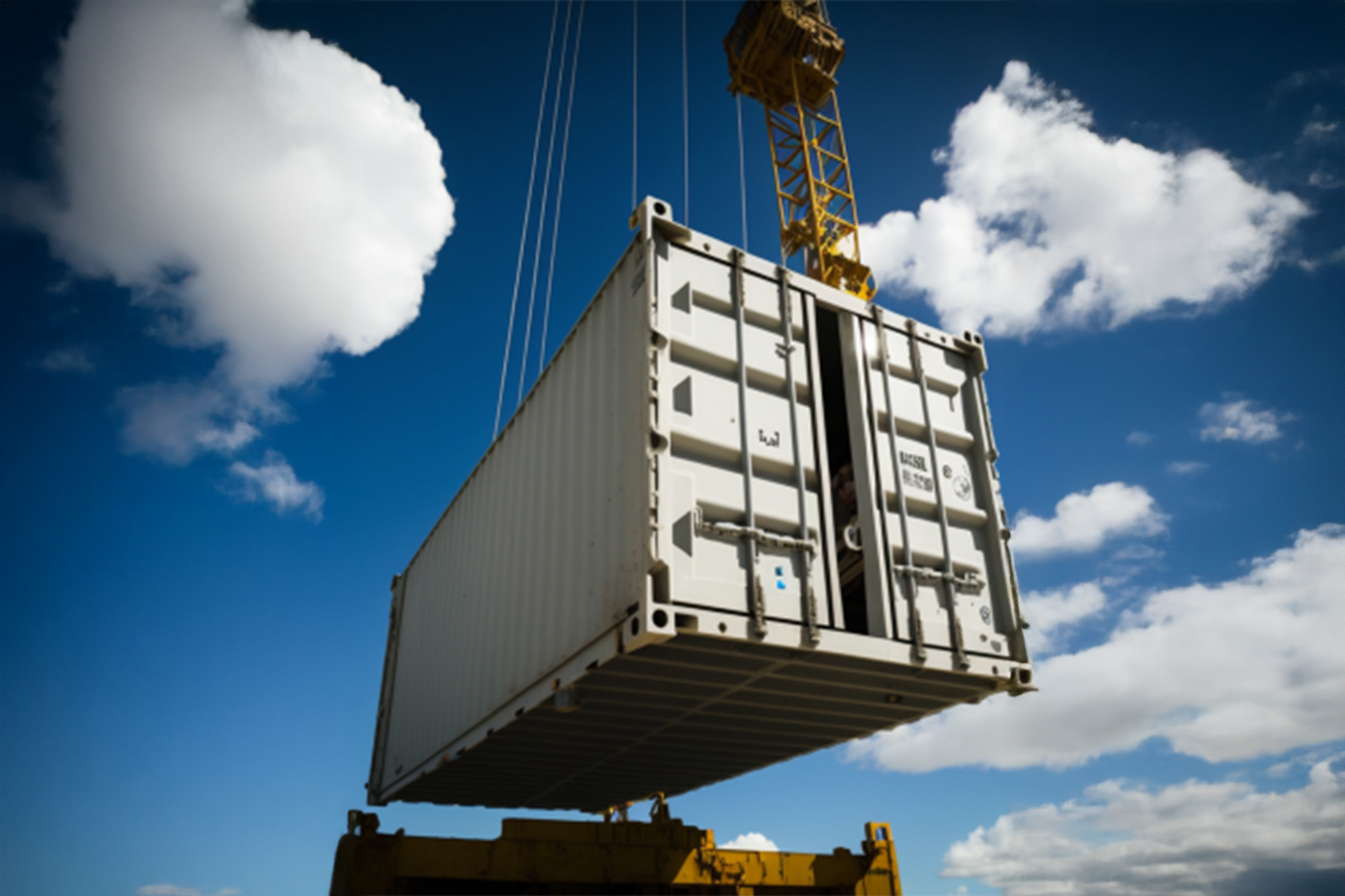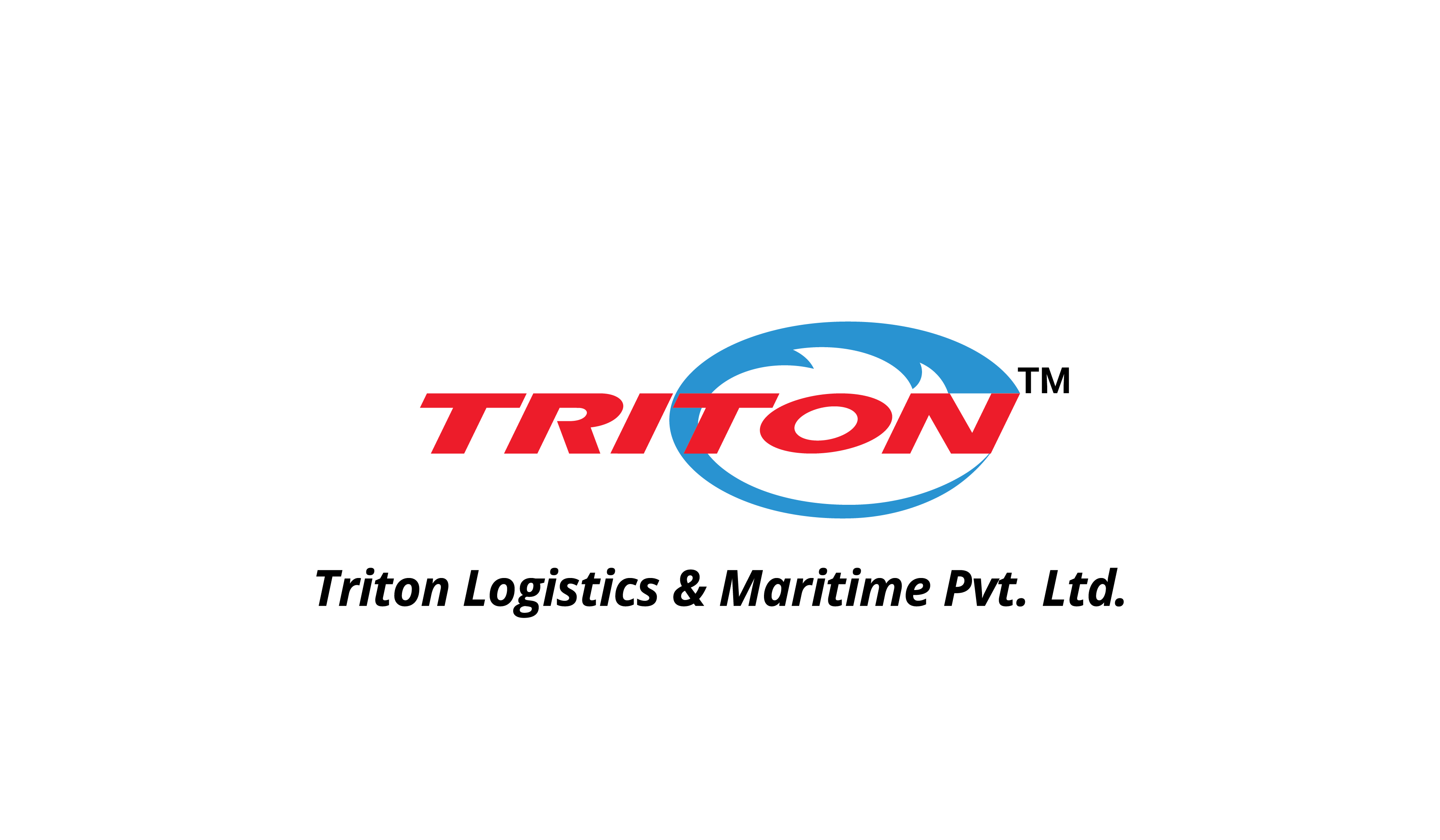
Imagine a world where entire factories, skyscraper components, or even decommissioned oil rigs travel across vast distances. This isn’t science fiction; it’s the very real world of project cargo logistics, specifically dealing with heavy project logistics. Here, freight forwarders embark on a logistical odyssey. They meticulously plan and execute the transportation of some of the most massive human-made structures. Let’s delve into this fascinating realm. We’ll explore the largest project cargo shipments in history and the incredible feats of engineering required to get them there.
A Bridge Takes Flight: Airlifting a Prefabricated Bridge Span (2000)
Sky-High Delivery: In the year 2000, the Antonov An-225, the world’s largest cargo aircraft, undertook a mission unlike any other. Its payload? A massive prefabricated bridge span, measuring an astonishing 88 meters (289 ft) in length and weighing a staggering 187 tonnes. This gargantuan structure was destined for a remote region in Siberia, where traditional ground transportation was simply not feasible.
An Engineering Marvel: Lifting and securing such a massive object within the confines of the An-225 required significant engineering modifications. Specialized cradles and support systems were designed to ensure the bridge span could be safely loaded, transported, and unloaded at its final destination. This groundbreaking airlift operation showcased the unique capabilities of air cargo. It tackled seemingly impossible logistical challenges, illustrating the intricate nature of heavy project logistics.
Goliath Takes a Dip: Transporting the Shell Prelude FLNG Unit (2013)
The Colossal Cargo: In 2013, the world witnessed the transportation of the Shell Prelude FLNG unit, a true marvel of modern engineering. This behemoth, measuring a staggering 488 meters (1,601 ft) in length and weighing over 600,000 tonnes, was the world’s first floating liquefied natural gas (FLNG) facility. Its destination? The Browse Basin, off the coast of Western Australia.
An Ocean-Going Feat: Moving such a colossal structure required a specially designed heavy-lift transport vessel equipped with a submersible deck. The Prelude was carefully floated onto the submerged deck, essentially becoming part of the ship itself for the duration of the journey. This intricate maneuver demanded meticulous planning, specialized equipment, and flawless execution. It was indicative of heavy project logistics expertise.
A Refinery on the Move: Shipping a Prefabricated Modular Refinery (2019)
Modular Marvel: In 2019, another project cargo giant hit the headlines. A prefabricated modular refinery, weighing a colossal 17,000 tonnes, embarked on a multi-stage journey from South Korea to Texas, USA. This massive structure, comprised of several prefabricated modules, offered a faster and more efficient alternative to constructing a refinery from scratch.
A Multi-Modal Journey: The refinery’s journey involved a complex orchestration of heavy project logistics with ocean freight and land transportation. The modules were first loaded onto massive barges. They were towed across the Pacific Ocean. Upon reaching the US coast, they were then carefully loaded onto specialized heavy-duty trailers and transported overland to their final destination. This intricate multi-modal approach demonstrates the diverse skill set required in project cargo logistics.
Vestas Wind Turbine Blades (Ongoing)
As wind turbine technology advances, so does the size of the blades. Vestas currently manufactures blades exceeding 260 feet (80 meters) in length, with prototypes reaching even greater lengths. Imagine a blade longer than a football field needing to be transported across vast distances!
A Multi-Modal Journey: For long-distance transport involving heavy project logistics, large ocean freighters are employed. These vessels have specially designed cradles to secure the blades horizontally across the deck. This minimizes wind resistance and prevents damage. Extra-long, heavy-duty trailers equipped with sophisticated blade support systems come into play. These trailers can have multiple axles to distribute the weight evenly and hydraulic steering systems to maneuver the massive blades through tight corners.
Conclusion
The transportation of these mega-structures is a testament to human ingenuity and the remarkable capabilities of the global freight forwarding industry. Specialized equipment, meticulous route planning, and unwavering precision are just some of the ingredients required to move these colossal objects across continents. Heavy project logistics plays a crucial role. As we continue to push the boundaries of engineering, project cargo logistics will undoubtedly play a pivotal role in shaping the future of large-scale construction around the world.
Call to Action: What other big project movement would you like to see transported across the globe? Share your thoughts in the comments below!



